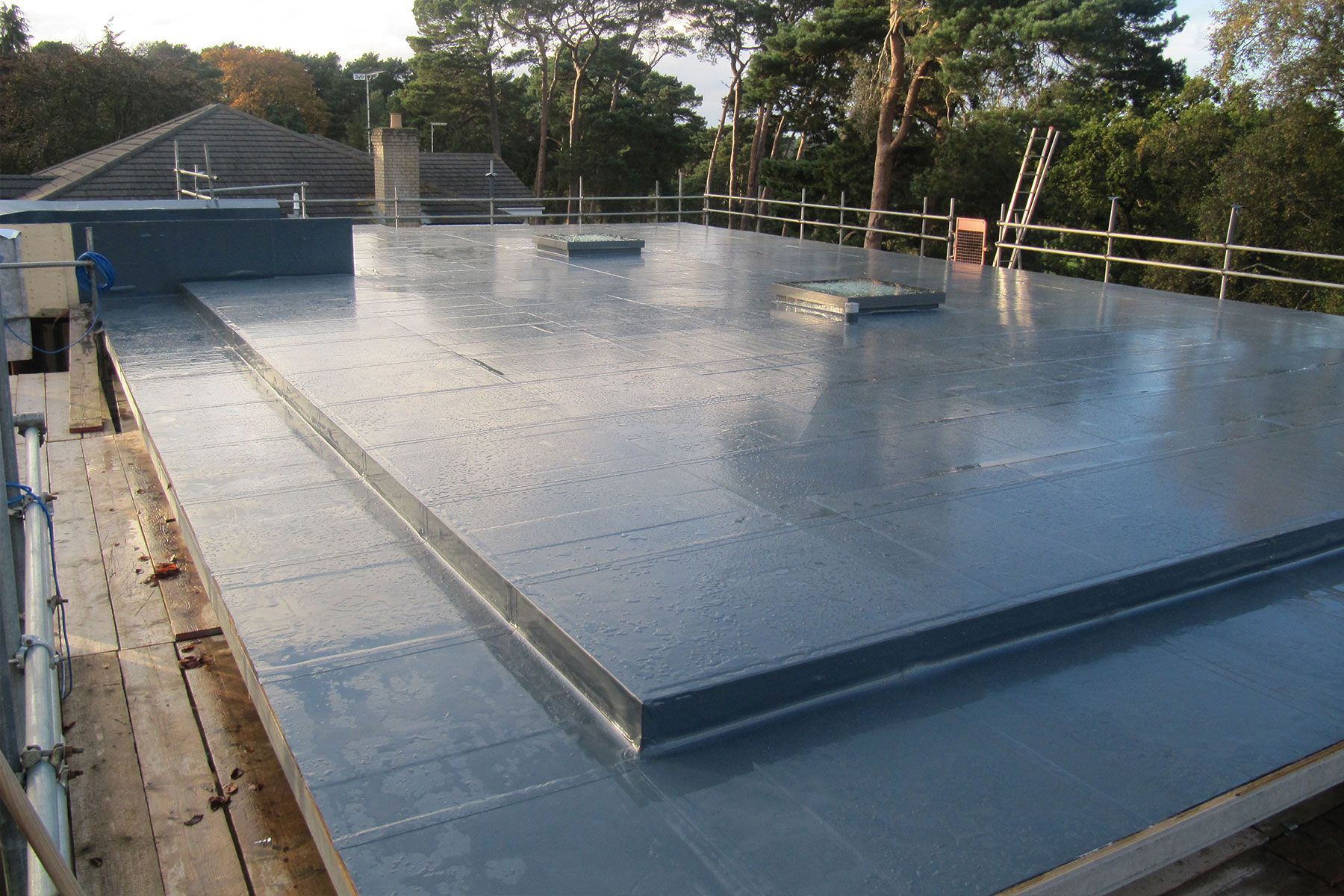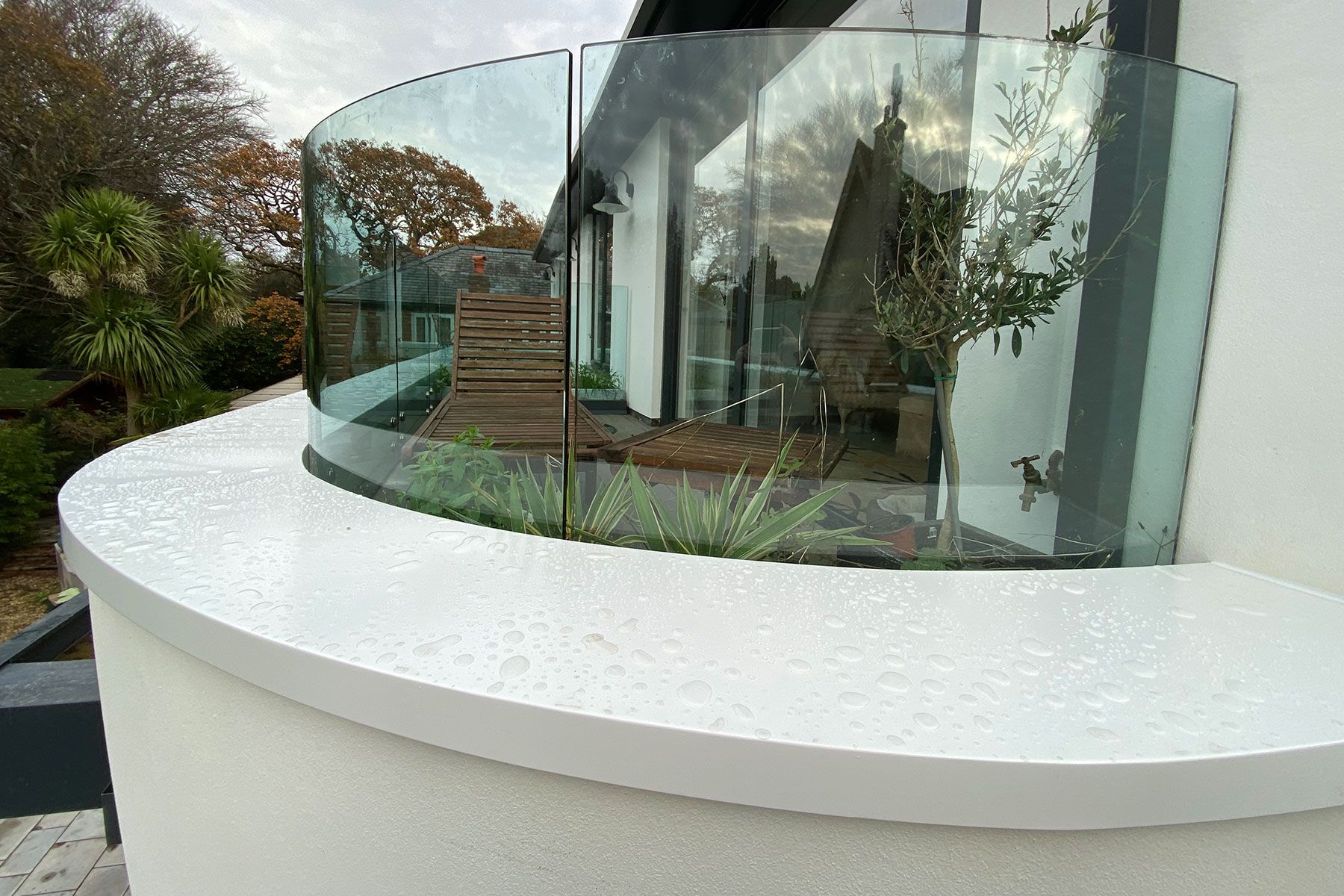
Warm Roof vs Cold Roof?
When it comes to a flat roof, there are two ways to insulate:
- Warm roofing system
- Cold roofing system
Usually in traditional pitched roofs there is space in the loft where materials can be fitted. However, when flat roofs are insulated, those materials are laid between the ceiling and the roof membrane. Thanks to this, heat loss will be reduced and there will be a barrier between your home and the outside.
In the past cold roofs were the most commonly used method of flat roof insultation. However, as we have changed the way we live; the additional water vapour produced in the home needed to be addressed. This is why warm roof designs are commonly regarded as preferred and more effective.
What is a cold roof?

A cold roof isn’t as cold as the title suggests! In this technique, insulation is laid between the rafters and since the only thing between the rafters is empty space means it is a relatively low impact way to insulate your roof.
The reason it Is called a cold roof is that it is slightly less efficient than a warm one, due to the rafters themselves remaining uninsulated. On a cold day the rafters conduct some of the cold into rooms below therefore, lowering the overall house temperature (thermal bridging). This can be reduced at floor level with a layer of insulation across the ceiling however it will reduce the ceiling by 50mm.
A cold roof is easier to install at the build phase. Trying to insulate between floor decking retrospectively can be both time consuming and messy.
What is a warm roof?

Unlike a cold roof insulation process, a warm roof is where insulating materials are laid on top of the existing surface. This procedure results in the entire structure of the building being kept warm. An insulation layer will be above the rafters as well as immediately below the waterproof membrane.
Essentially, this becomes a breathable roof construction and reduces the risk of damp and decay from destroying the roofs deck. Another benefit is that a warm roof allows heat to be conserved within a property without a ventilation system needing to be installed.
So, which is better?
There are pros and cons for both a warm and a cold roof. However, a cold roof requires more work and isn’t as thermally efficient as a warm one.
A warm roof is a lot easier to install, offers a great thermal performance and adds height. With the rising of energy prices and the main benefit of a warm roof reducing your energy costs then this may be the option for you.
If you would like to talk any of these types of insulation through then please, give our experienced team a call today.



Leave a Reply